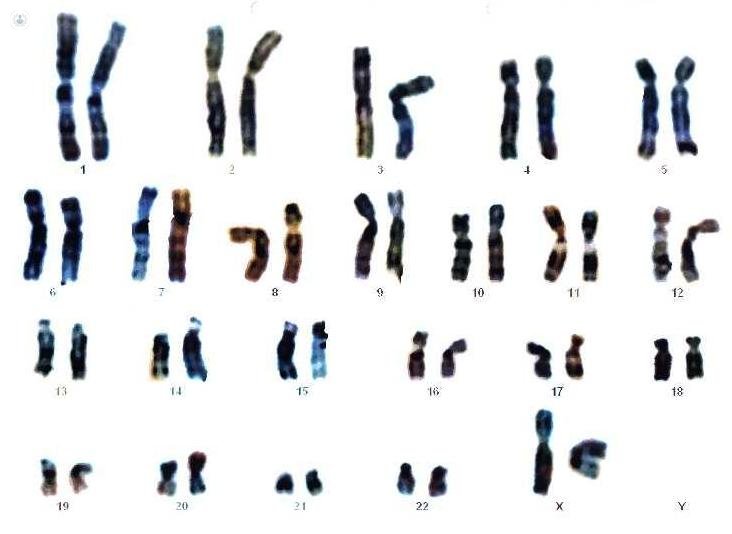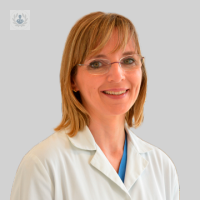Analyze the genetic hereditary diseases to prevent
Written by: PGD presents a solution of assisted reproduction to prevent genetic diseases in births. By observing the embryos can be selected those with the lowest genetic predisposition to certain diseases for implantation into the uterus and in order to gestarlos.
PGD presents a solution of assisted reproduction to prevent genetic diseases in births. By observing the embryos can be selected those with the lowest genetic predisposition to certain diseases for implantation into the uterus and in order to gestarlos.
It is a technique that is used to supplement the methods of Assisted Reproduction of in vitro fertilization and intracytoplasmic sperm to select those embryos free of genetic alteration studied. By this election you can avoid the gestation of a child affected by a genetic or chromosomal disorder.
When PGD is recommended
This procedure is performed in cases of serious hereditary diseases detected, early onset or without a postnatal curative treatment and with the aim of selecting pre-embryos not subject to transfer. It also can be carried out also in the detection of diseases or abnormalities that may jeopardize the birth of the embryo.
In other genetic diseases parents must request authorization from the National Commission on Assisted Human Reproduction.
In case of genetic diseases, the couple must first conduct a study of informativeness, which consists of the search for genetic markers in blood through an analysis. If chromosomal diseases requires no previous study.
Technical results
The effectiveness of the technique depends on the probability of having a sufficient number of good quality preembryos. This possibility varies depending on the age of the patient, the causes that have determined the indication of the DGP and the number of eggs obtained good quality. Thus, the possibility of pregnancy mainly depends on the age of the patient and the number and quality of the pre-embryos transferred, but currently the pregnancy rate is 50.2% per transfer. Ultimately, 80% of pregnancies are obtained in the first three cycles of PGD with satisfactory embryo transfer.
Is there any risk in the PGD?
There is a risk that some or suffer damage during pre-embryo biopsy. Due to the complexity of the techniques used, the genetic study has between 4% and 8% of failures in the diagnostic process problems biopsy, fixation or hybridization. In this case it means the absence of conclusive results on the genetic makeup of the pre-embryos.


